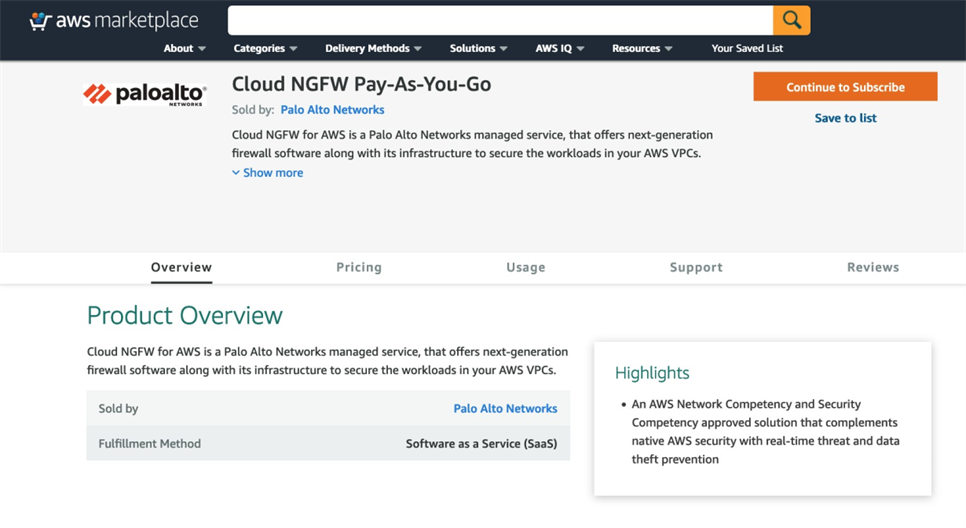

The Palo Alto Cloud Next-Gen Firewall solution, both in the distributed mode and centralized mode, requires that your traffic leaves your VPC and AWS account boundary through the VPC endpoint.
Visibility & Protection for Cloud Servicesġ) Ownership and Control of Traffic & Encryption Keys. Protection for All Applications, Including Web Apps. Ownership and Control of Traffic & Encryption Keys. Sending your traffic and encryption keys outside your cloud account boundaries raises significant compliance concerns for a product/service built on combining legacy technologies and no compliance certifications.Īnd now, here is my detailed analysis of seven key requirements for network security in public clouds that Palo Alto Networks Cloud NGFW completely misses: 7 Items to Review in Evaluating the Palo Alto Networks Cloud NGFW And, static policies based on IP addresses mean you are back to the world of opening a ticket to make an app go live. Multiple security consoles and separate solutions for multi-cloud means security teams will spend lots of time setting up and maintaining network security infrastructure. Lack of advanced protections for web applications, visibility to existing traffic flows, and protections for the 100s of cloud services leaves a lot of exposed attack surface. These technical gaps of Palo Alto Networks Cloud NGFW can be distilled into three primary business impacts that potential customers should be aware of: Porous Security In this blog, I’ll explore the critical gaps of the PAN Cloud NGFW offering. Sunil will evaluate the limitations that organizations have with NGFWaaS (Next-Generation Firewall as a Service) and what you can do to overcome limitations to bolster your security posture.This is a detailed follow-up to our initial analysis of the Palo Alto Networks Cloud NGFW for AWS announcement. Join Sunil Ravi, Chief Security Architect with Versa Networks, as he examines how traditional NGFW techniques like sandboxing, deep packet inspection, network segmentation, and web caching can be extended to the cloud to protect against modern attacks. Given that COVID has made it normal for users to work-from-anywhere, enterprises looking to protect their critical assets need to extend advanced NGFW protection mechanisms to their cloud infrastructure, which comes with its own limitations and complexities. 
Or is it? As organizations leverage more data and workloads in the cloud, the security perimeter that traditional NGFW vendors protected seems to be a relic of the past.

With Sunil Ravi, Chief Security Architect

Evaluating the Efficacy of NGFW Techniques in the Cloud On-Demand Webinar (58 min)








 0 kommentar(er)
0 kommentar(er)
